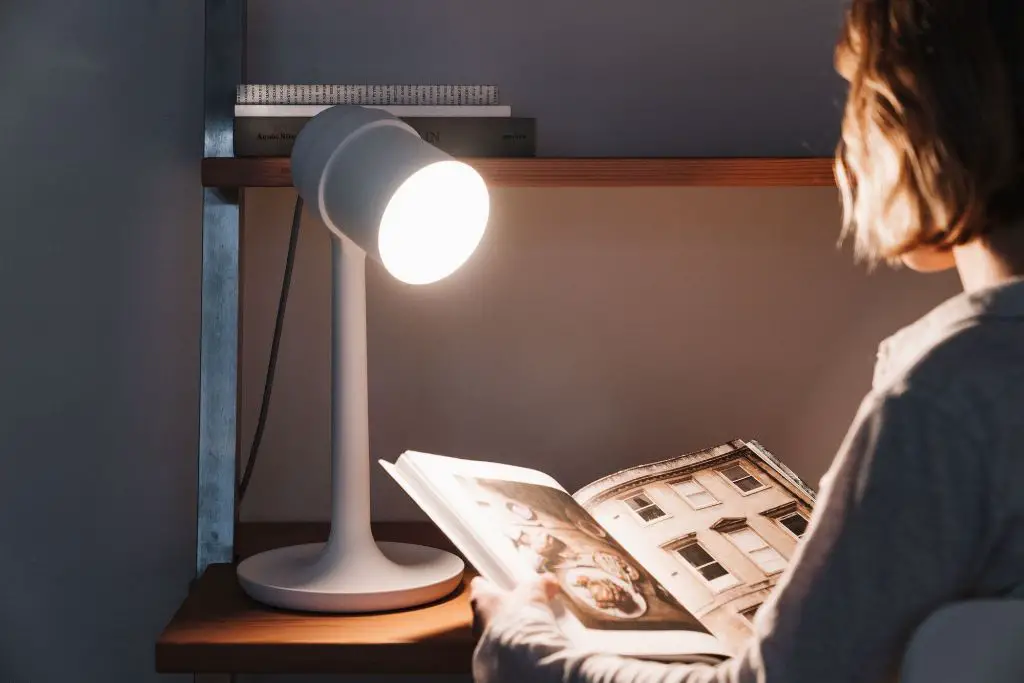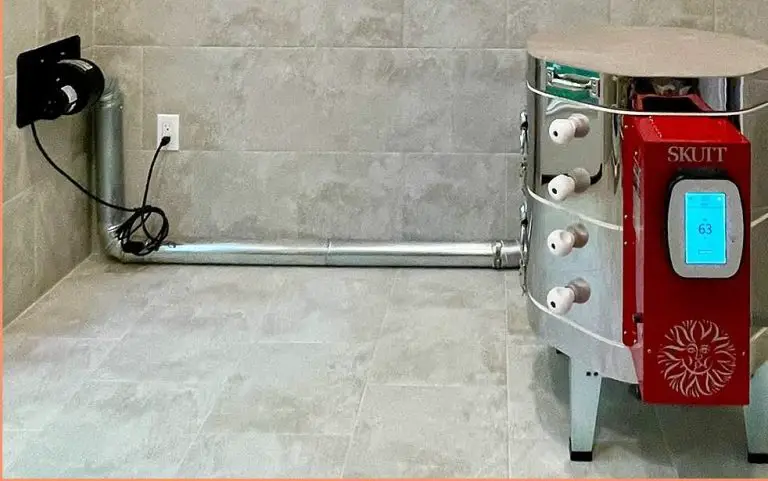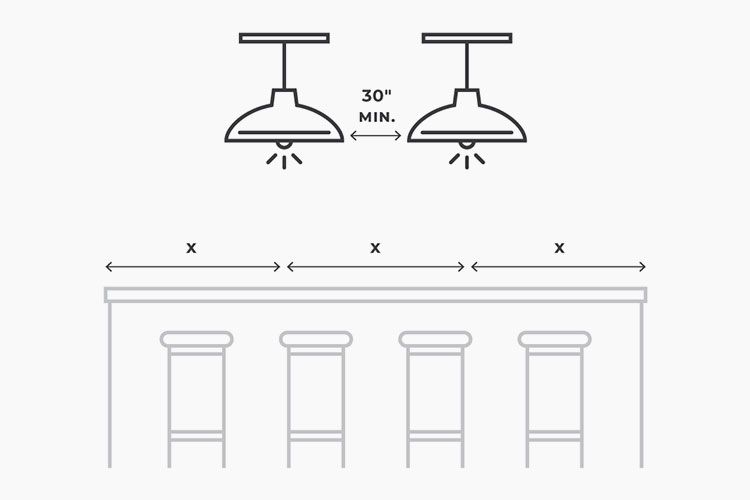What Size Lamp Should I Use In A Living Room?
The purpose of this article is to help readers determine the ideal lamp sizes for properly lighting their living room. With so many options for living room lamps on the market, it can be challenging to know where to start and what size lamp makes the most sense for your space. Proper living room lighting creates an inviting atmosphere and allows you to highlight architectural details or decor. This article will walk through the key considerations when selecting living room lamps, including measuring the room size, identifying your lighting needs, exploring lamp types and shades, comparing smart vs. dumb lamps, determining proper lamp height, considering light appearance and energy efficiency.
By the end of this guide, you’ll have a clear understanding of recommended lamp sizes for living rooms based on your room dimensions, seating arrangements, and design style. With these practical tips, you’ll be able to choose lamps that provide the perfect cozy glow and visual appeal for your living room.
Measure the Room
The first step in determining the right size lamp for your living room is to measure the room size. You’ll want to calculate the length x width to determine the total square footage of the room. This will allow you to determine the total number of lumens needed based on lighting recommendations per square foot.
As a general guideline, living rooms require 1000-2000 lumens per square foot. So if your living room is 300 square feet, you would need 300 x 1500 lumens which equals 450,000 total lumens. Make sure to measure the length and width precisely for an accurate square footage.
There are a few helpful online calculators that allow you to input your room size and output the recommended total lumens, such as this lumens calculator. But measuring the square footage of the room is an essential first step.
Identify Lighting Needs
When selecting lighting for your living room, it’s important to think about the different lighting needs in the space. There are generally three main types of lighting to consider according to lighting experts: ambient lighting, task lighting, and accent lighting (“Living Room Lighting Ideas & Design Guide,” Shades of Light).
Ambient lighting provides overall illumination in the room. This is the general lighting that allows you to move comfortably around the space. Installing fixtures like chandeliers, pendant lights, wall sconces, and recessed lighting are common ways to provide ambient lighting. Determine how much ambient lighting you need based on the size of your living room and how much illumination you prefer.

Task lighting aids specific activities like reading, working on a laptop, playing games, and more. This type of directed lighting allows you to focus light on a specific area without overlighting the entire space. Table lamps, reading lamps, and under-cabinet lighting are typical options for task lighting needs.
Accent lighting highlights specific details and adds visual interest. Picture lights, wall washing fixtures, and LED strip lights help draw attention to artwork, architectural features, shelves, and other areas. Carefully incorporating accent lighting can elevate the overall ambiance.
Considering these three types of lighting and your specific needs for each one will help guide you to selecting well-suited lights for an inviting, functional living room.
Lamp Types
There are several common lamp types used in living rooms:
Floor Lamps
Floor lamps are freestanding lamps that stand on the floor, usually around 5-6 feet tall. They provide both ambient and task lighting. Most have adjustable heads and arm segments so you can point the light where needed. Floor lamps work well paired next to chairs and sofas.
Table Lamps
Table lamps are small lamps that sit on end tables, side tables, sofa tables, desks, etc. They provide more localized task lighting, perfect for reading lamps. Table lamps come in a wide variety of styles, usually between 20-35 inches tall. Opt for 3-way table lamps with adjustable brightness.
Wall Sconces
Wall sconces are attached to the wall to provide accent lighting and ambiance. They come in plug-in and hardwired options. Wall sconces work well flanking a sofa, above artwork, or lining a hallway. Consider their placement carefully so light is not blocked by furniture.
Lamp Shades
The lampshade is a crucial design element that impacts how the light is dispersed in the room. The key factors to consider for lampshades include size, shape, material, and opacity.
Choose a lampshade size and shape that is proportionate to the lamp base. As a general rule of thumb, the bottom diameter of the shade should be 2/3 the width of the base according to Lampsplus. An oversized or undersized shade can look visually unappealing.
The material and opacity impacts how much light passes through the shade. Opaque shades like fabric allow minimal light to pass through and create a soft, ambient glow. Translucent materials like rice paper or glass allow more light to come through for brighter illumination. Darker shades absorb more light to create a moody atmosphere, while light hues like white brighten up a space according to Midcentury Central.
Aim for lampshades that complement the room’s decor and desired ambiance. Scale, proportions, and luminosity all contribute to a cohesive lighting design.
Smart vs. Dumb Lamps
When deciding on lighting for your living room, one choice is whether to use smart lamps or regular “dumb” lamps. Smart lamps offer several advantages over traditional lighting:
- Remote control – Smart lamps can be controlled from your smartphone or voice assistant, allowing you to turn lights on or off or dim them without getting up.
- Automation – Smart lamps can be set to turn on or off at certain times or based on triggers like motion detection.
- Scene setting – You can program scenes like “movie night” to dim all the lights in the room.
- Color changing – Many smart bulbs allow you to change the color which can create cool lighting effects.
However, dumb lamps do have some benefits as well:
- Lower cost – Dumb bulbs are significantly cheaper than smart bulbs.
- Simplicity – Dumb bulbs just turn on and off with a switch. No programming or connectivity issues.
- No hub required – Smart bulbs often require a hub or bridge device to connect to your home network.
Overall, smart bulbs provide more features and flexibility [1], but regular bulbs can be a good choice if you don’t need remote control or automation. Consider how much control you want over your lighting when choosing bulb types for your living room.
Lamp Height
The ideal lamp height for a living room largely depends on where the lamp is placed and the primary purpose it serves. According to Furniture Row, the standard height for a living room table lamp is between 24 – 34 inches. This provides sufficient lighting for tasks like reading while seated on a sofa or chair. For floor lamps, the typical height ranges from 58 – 64 inches, which mimics the level of lighting provided by overhead ceiling fixtures.
When determining lamp height, one rule of thumb is the bottom of the shade should be at eye level when seated. Rapport Furniture recommends measuring the average seated eye height in your living room to customize the ideal lamp height. Lamps on side tables flanking a sofa should be approximately the same height as someone’s head when seated. This creates an ambient glow throughout the room.
In summary, standard living room lamp heights range from 24 – 34 inches for table lamps, and 58 – 64 inches for floor lamps. But consider customizing these heights based on seated eye level, furniture dimensions, and overall lighting goals for the space.
Light Appearance
The color or temperature of light can dramatically affect the ambiance and aesthetics of a living room. Cool, white light between 5000K-6500K creates a crisp, clean look. Warm white light between 2700K-3000K has a cozier, more relaxed feel. You can mix and match cool and warm lamps for visual interest and highlight specific areas.
For a flexible option, choose dimmable lights that allow you to control the brightness and color temperature. Coordinate the lamp color temperature with other decor elements like flooring, furniture, and art for a cohesive look. Consider your living room’s size and ceiling height when deciding on light color. Small rooms can use bright, cool light to appear more open, while high ceilings benefit from warm light to feel more intimate.
Energy Efficiency
When choosing a lamp for your living room, it’s important to consider energy efficiency. More energy efficient bulbs like LEDs will cost less to operate over time. According to Philips, their newest A-class LED bulbs are the most energy efficient lamps they offer, meeting high quality and eye comfort standards (https://www.signify.com/en-ca/our-company/news/press-releases/2021/20210830-signify-introduces-philips-leds-first-most-energy-efficient-a-class-bulbs).
Look for the ENERGY STAR rating when shopping for lamps. ENERGY STAR certified LED bulbs use at least 75% less energy and last 15 times longer than incandescent bulbs (https://www.energystar.gov/products/lighting_fans/light_bulbs/led_light_bulbs). CFL bulbs are more energy efficient than incandescents, but LEDs are the most efficient option.
Consider LED bulbs for the living room, as they provide bright, warm light while using a fraction of the energy of traditional incandescents. LED bulbs also produce very little heat, making them safer to use with lamp shades and fixtures.
Summary
The size lamp you choose for your living room will depend on several key factors. First, measure the dimensions of the room and determine the primary lighting needs, whether ambient, task, or accent lighting. Consider the lamp types that would work best, like floor lamps, table lamps, or wall sconces. Choose lamp shades that will diffuse and direct the light appropriately. Decide if smart capabilities would be useful for voice control or scheduling. Determine the ideal lamp height based on your ceiling height and fixture location. Analyze the light color, brightness, and spread that would be most pleasing. Finally, select energy efficient LED bulbs to reduce environmental impact and energy costs. By carefully evaluating these aspects, you can select the ideal living room lamp to create the perfect ambiance.




